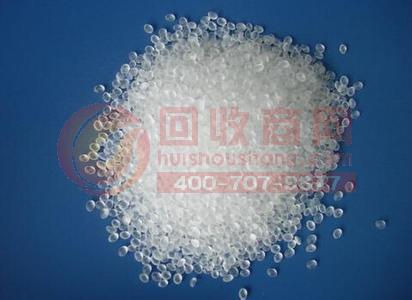
PP is called polypropylene, which is a very important general-purpose plastic. It is used in the plastic pipe of household appliances that we usually use. Today we will carefully understand the key points of the injection molding process of polypropylene. Polypropylene is usually a translucent, colorless solid that is odorless and non-toxic. The melting point can be as high as 167 ° C due to the high degree of crystallisation due to structural regularity. Heat-resistant, corrosion-resistant, steam-sterilizable products are its outstanding advantages. The low density is the lightest general purpose plastic.
Polypropylene (PP) materials have lower heat distortion temperature (100 ° C), low transparency, low gloss, low rigidity, but have stronger impact strength, PP impact strength increases with increasing ethylene content . The Vicat softening temperature of PP is 150 °C. Due to the high degree of crystallinity, this material has excellent surface stiffness and scratch resistance.
Polypropylene injection molding process
1. Processing of plastics.
Pure PP is a translucent ivory white that can be dyed in a variety of colors. The dyeing of PP can only be used with color masterbatch on general injection molding machines. Independent plasticizing elements with enhanced mixing on the Ramada machine can also be dyed with toner. Products for outdoor use are typically filled with UV stabilizers and carbon black. The proportion of recycled materials should not exceed 15%, otherwise it will cause strength drop and discoloration. PP does not require special drying before injection molding.
2, mold and gate design
The mold temperature is 50-90 ° C, and the high mold temperature is required for the size. The core temperature is 5 °C lower than the cavity temperature, the runner diameter is 4-7 mm, the needle gate length is 1-1.5 mm, and the diameter can be as small as 0.7 mm. The shorter the length of the edge gate, the better, about 0.7 mm, the depth is half of the wall thickness, the width is twice the wall thickness, and the thickness of the melt flow in the cavity increases. The mold must have good exhaustibility. The vent hole depth is 0.025mm-0.038mm and the thickness is 1.5mm. To avoid shrinkage marks, it is necessary to use large and round nozzles and circular flow passages. The thickness of the ribs should be small ( For example, 50-60% of the wall thickness). Products made of homopolymerized PP should not exceed 3mm in thickness, otherwise there will be bubbles (thick-walled products can only be copolymerized with PP).
3, injection molding machine selection
There are no special requirements for the selection of injection molding machines. Since PP has high crystallinity. A computer injection molding machine with high injection pressure and multi-stage control is required. The clamping force is generally determined by 3800t/m2, and the injection volume is 20%-85%.
4, injection speed
In order to reduce internal stress and deformation, high-speed injection should be selected, but some grades of PP and mold are not suitable (human air bubbles, gas lines). If the surface of the pattern has a light and dark streak spread by the gate, a low speed injection and a higher mold temperature are used.
5, the temperature of the melt
PP has a melting point of 160-175 ° C and a decomposition temperature of 350 ° C, but the temperature setting during injection processing cannot exceed 275 ° C. The temperature of the melt section is preferably 240 °C.
6, melt back pressure
The back pressure of the 5 bar melt can be used, and the back pressure of the toner can be appropriately adjusted.
7, injection and pressure
Use a higher injection pressure (1500-1800 bar) and a holding pressure (about 80% of the injection pressure). It is about to maintain pressure at 95% of the full stroke, with a longer holding time.
8, post-processing of products
In order to prevent shrinkage deformation caused by post-crystallization, the product generally needs to be immersed in hot water.
Our LED Emergency Twin Spot Lights are a cost effective replacement for old fashioned halogen emergency twin spot fittings. Due to the low power consumption of the LED lamps, only one battery is required, reducing option during charging. The super bright adjustable heads make this twin spot ideal for commercial and industrial applications. with a self test feature every 90 days to ensure correct operation. The Led Emergency Lights design makes it quick and simple to install.
Twin Spot Emergency Light,Emergency Twin Spot,Led Twin Spot Emergency Lights,Led Emergency Twin Spot Light
Foshan Nai An Lighting Electric Co.,ltd , https://www.fsnaipsled.com